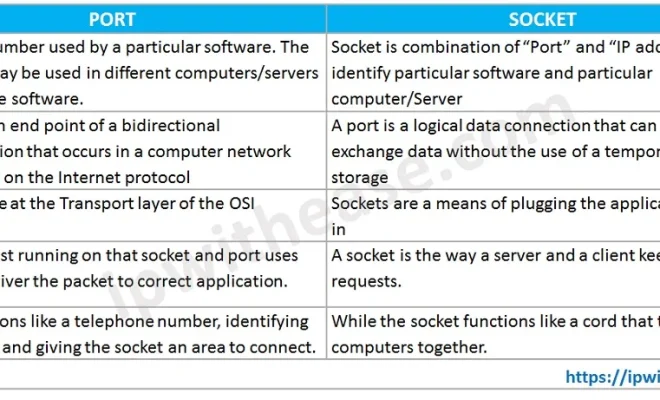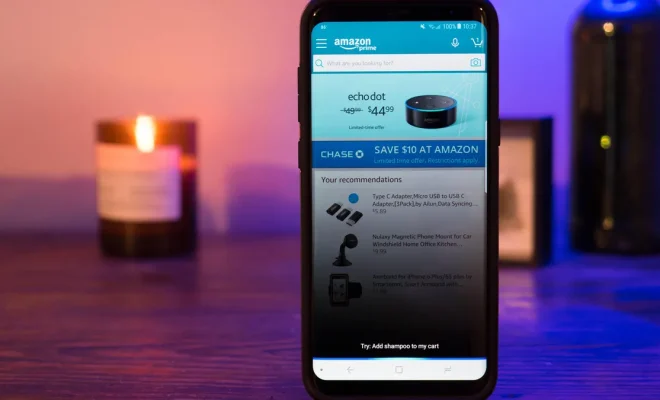What Is the Difference Between a Port and a Socket?

A port and a socket are common terminologies in the world of computer networking. They both play integral roles in making sure different devices in a network can communicate with each other by establishing connections. However, these two terms are often used interchangeably, causing confusion. In this article, we will explain the difference between a port and a socket.
A port refers to a communication endpoint that enables a computer to receive and transmit data over the network. In other words, it is a virtual door through which data can enter or leave a device. Most networks applications use a specific port number to communicate with each other. For example, HTTP uses port 80, FTP uses port 20 and 21, and SMTP uses port 25. Without a port, devices cannot communicate with each other, and therefore, the internet would not be what it is today.
On the other hand, a socket is an interface that enables a device to communicate with another device using a particular port. A socket provides a way for two nodes on a network to establish a connection, exchange data and close the connection when they are done. A socket comprises an IP address and a port number, which identifies a particular program on the machine. When a program requests a connection to a particular IP address and a port number, a socket is created that links the two machines, allowing data to flow between them.
In summary, the primary difference between a port and a socket is their functionalities. A port is a virtual communication endpoint that enables data to enter and exit a device. While a socket is a communication interface that connects two nodes to a particular port on a device.
In conclusion, understanding the differences between a port and a socket is essential in network programming. They are fundamental components of computer networking that enable communication between various devices. It is important to note that without either of them, it would be impossible for devices to communicate with each other over the internet






